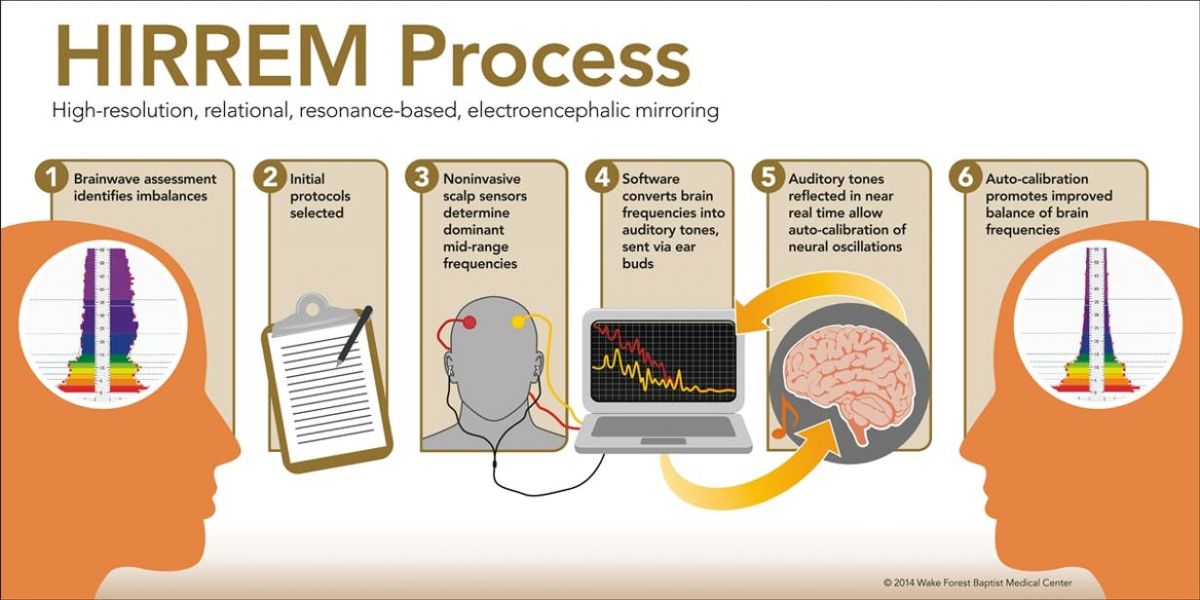Wake Forest’s Charles H. Tegeler has found that non-invasive brainwave mirroring technology significantly reduced symptoms of post-traumatic stress in soldiers.
High-resolution, relational, resonance-based, electroencephalic mirroring (HIRREM) is used as a non-invasive, closed-loop, acoustic stimulation approach. Algorithms translate brain frequencies into audible tones in real-time.
Tegeler compares this to an “acoustic mirror.” Through resonance between brain frequencies and acoustic stimulation, the brain makes self-adjustments to improve balance and reduce hyperarousal, with no conscious, cognitive activity. This supports the brain to reset stress response patterns that caused by repetitive traumatic events.
In a small study, reductions in post-traumatic symptoms, including insomnia, depressive mood, and anxiety were observed in subjects for six months after the HIRREM protocol.
Join ApplySci at Wearable Tech + Digital Health + Neurotech Silicon Valley on February 26-27, 2018 at Stanford University. Speakers include: Vinod Khosla – Justin Sanchez – Brian Otis – Bryan Johnson – Zhenan Bao – Nathan Intrator – Carla Pugh – Jamshid Ghajar – Mark Kendall – Robert Greenberg – Darin Okuda – Jason Heikenfeld – Bob Knight – Phillip Alvelda – Paul Nuyujukian – Peter Fischer – Tony Chahine – Shahin Farshchi – Ambar Bhattacharyya – Adam D’Augelli – Juan-Pablo Mas – Michael Eggleston – Walter Greenleaf – Jacobo Penide
Registration rates increase Friday, January 5th.
